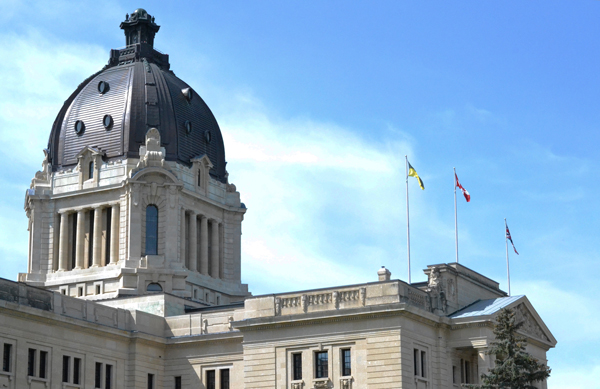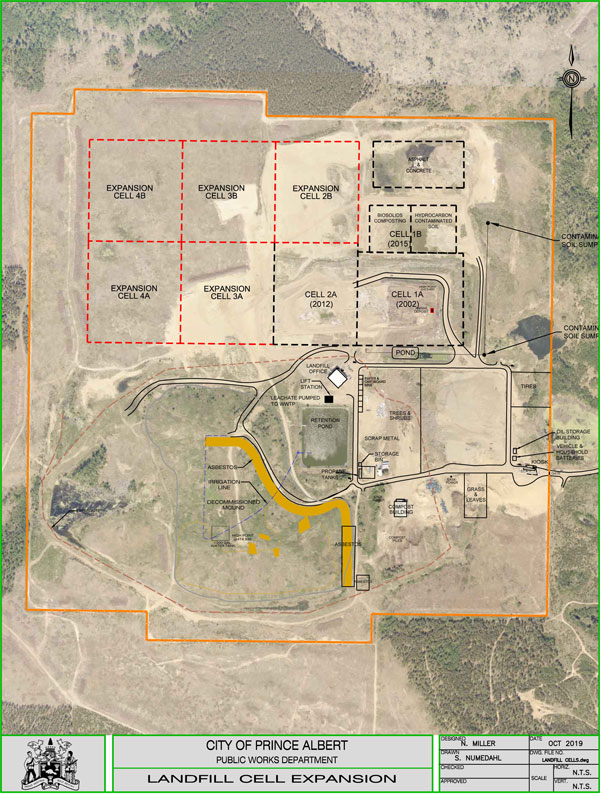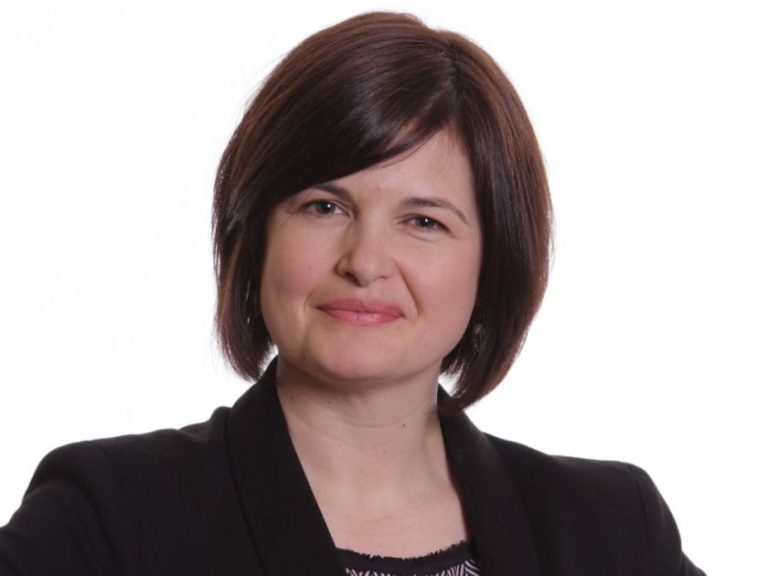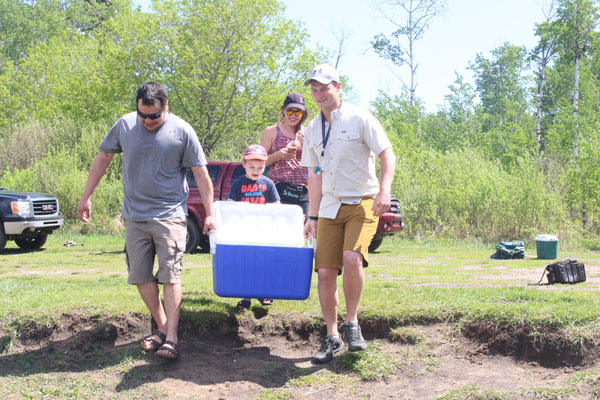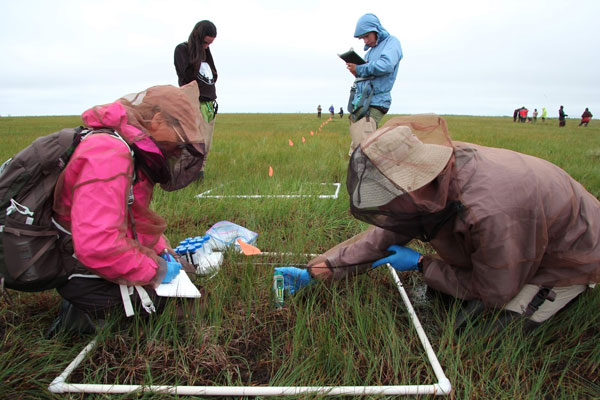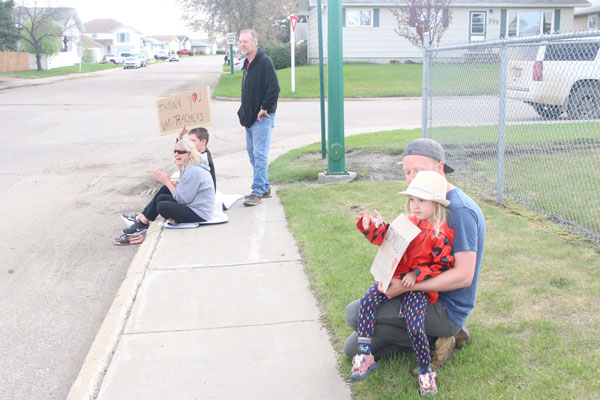The opposition NDP is looking ahead to school’s possible return. Education Critic Carla Beck, in a press conference on Wednesday, called on the province to introduce a plan for the safe reopening of schools this fall, including hiring additional teachers and education assistants (EAs).
Beck emphasized that the NDP wants assurances that planning and funding can be in place in the fall for any eventuality.
“We, like everyone in the province, want students to be back in the school as soon as it is safe to do so. But we want to ensure that not only the planning is in place in order for that safe return to school in the fall but the resources are in place as well,” Beck said.
They want to ensure that no Saskatchewan family has to see their kids return to unsafe, overcrowded classrooms this fall. Beck explained that the planning and cooperation that exists in the Provincial Education Response team is a hopeful sign.
“But we do have some concerns based on past funding of classrooms and some of the conditions that existed in classrooms (before) COVID that we would like to hear some answers to from the minister.””
Examples of areas where assurances are needed were classroom size, school buses with three students to a seat and items such as resources for extra cleaning.
“We had increased class sizes right across the province in many cases that there simply weren’t enough resources to look at things like class size. The provincial government quit tracking class sizes in the province a number of years back. Those are the concerns that we are hearing that both teachers and students and of course parents are looking for assurances that when students do go back that those resources will be available,” Beck said.
Beck explained that prior to the suspension of the legislature in March, the estimates released showed that cuts could be forthcoming in school division budgets which will be passed this month by school boards.
“The numbers within that budget had some school divisions still looking to make cuts within their budget and some school divisions received barely a one per cent increase in their funding which meant they were looking at staff cuts and cuts through attrition.”
Saskatchewan does not publicly report how many kids are in Saskatchewan classrooms.
If public health guidelines still limit the size of gatherings this fall, this will present a significant challenge for school divisions seeking to comply with those measures.
With a four-year contract with teachers now ratified, the NDP is are also calling on the government to commit to fully fund the pay increase, and not leave divisions to pick up the tab.
“We want to make sure that the resources are there in the fall for school divisions and for schools to ensure that students can go back in a way that is safe and provides assurances both to school divisions and schools but also to parents,” Beck said.
When asked whether it was too early to bring this subject up as we do not know the future, Beck explained that it is budget season for school divisions and the beginning of plans for a new hiring cycle.
“There are a couple of plans that we are going to have to make at the same time. I understand that school divisions were asked to sort of come up with three scenarios, one being a status quo opening which I think is very unlikely at this time, a sort of hybrid opening where you could see some in class or some online learning which is probably more likely,”
She explained that if a second wave of COVID-19 comes, schools could return to another scenario like the end of this school year.
“What we are seeking is not a certain number at this point but only that there are assurances if school divisions incur additional costs because of COVID planning in the fall that those costs will be picked up by the provincial government.”
Beck said that they are looking for assurances that the new contract will be fully funded unlike the previous one which fell to the school divisions.
”We just want the assurances from the provincial government that they will be funding any of those additional costs that school divisions incur either because of the need to insure social distancing within schools or because we have gone back to online learning and they need additional resources for students who need technology or teachers who need additional bandwidth,” she said.
She said that the numbers they saw before the closure of the legislature might still challenge some divisions.
“ I think that there is really no scenario in which we aren’t going to require additional cleaning measures within schools and we need school boards of course to have the responsibility to do that but in order to do that well they are going to have to have the proper resources from the provincial government and if school boards are making decisions based on budget numbers that they just can’t make stretch ,” Beck said.
Additional costs could also come from insuring that there is not only proper staffing but also proper PPE in schools which is not under procurement yet.
“Either the procuring of the PPE but also the funding, the payment for that additional PPE,” she said.
A local example of new costs is in a revision to the Preventive Maintenance and Renewal (PMR) plan from the Prince Albert Catholic School Division purchasing of plexiglass shields for offices was added.
With social distancing additional buses may also be required.
“Schools, school boards and parents would like to have those assurances from the provincial government that the funding will be available for them in order to put those additional buses on the road,” Beck said.
Though it was separated from the teacher’s contract, a classroom composition committee has been struck to deal with the classroom size issue. The committee’s structure is modelled after the Education Sector Response Planning Team and the Saskatchewan Teachers’ Federation is cautiously optimistic a collaborative sector approach to COVID-19 response can be replicated to address class complexity.
“There are routinely classes with over 30 or 40 students in them right around the province and that won’t be something that will be sustainable I don’t think in any scenario in the fall,” Beck explained.
In a release by the party she said that classroom size is now also a public health concern.
In the release they also stated that they wanted to see a plan for the safe reopening of Saskatchewan schools.
The NDP wants assurances that these needs are met while school boards are finalizing budgets this month. Both the PACSD and the Saskatchewan Rivers School Division are expected to pass their budgets at their next board meeting.
As far as students returning to school next fall, Beck explained that the best advice comes from Chief Medical Health Officer Dr. Saqib Shahab and the Provincial Education Response Team.
“Speaking as a parent, I would like to see children back in schools as soon as possible, but as soon as safely possible. Some of the things are under our control and some of them aren’t,” she said.
With a possible second wave it is tough to plan with certainty, Beck said.
“But I think we do have to do exactly what the Provincial Response Team is doing right now, looking at a number of scenarios. If it is safe to do so in the fall then sure I think kids should go back. If we need additional resources in order for kids to be safe in classrooms in the fall I absolutely think we should be providing those resources.”

